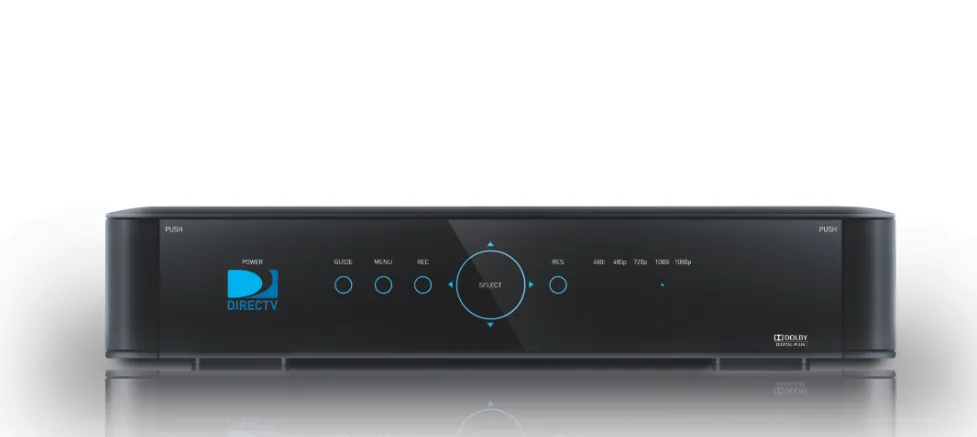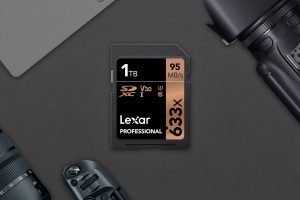Before we get to what a Cloud DVR is, let me take you back to about two decades ago. The early 2000s was a time when every trip to the restroom was planned for during commercial breaks of your favorite TV show. I recall watching the 2002 World Cup tournament with my uncle, a serious football fan, when an advertisement for a new revolutionary TV was aired.
A technology that I consider to be evolutionarily crucial to our topic of the day. The advert was about a football character who was enjoying a football match in his living room. Here came a critical point of the game where a penalty kick was awarded. The character in the commercial paused the game, went to his local shopping mall, bought a pack of canned beverages, got back home, and unpaused the game.
The penalty was scored and the character celebrated. My uncle was dumbfounded asking me “How did he do that?”. Well, twenty years ago, pausing live TV was unheard of but today it would be quite unusual to be surprised by such technology. Pausing live TV coverage can be considered to be the granddaddy of today’s Cloud DVR.
Also Read:
Recall the VCR and DVR-The Past
Now let us jump to just a decade ago when we got VCRs and DVRs. Digital Video Recorder (DVR) and Video Cassette Recorder (VCR) are typically the same things. However, the distinguishing factor is that a VCR uses an analog format while DVR uses a digital format to store content. At this point, we had gotten past pausing live TV to now being able to record entire shows and watch them later. As much as this appears to be a fairly spontaneous action today, ten years ago it was a very complicated and deliberate process. Especially so with VCR.
I mean you first need to have the expertise to have your VCR cables plugged into the appropriate TV ports. Secondly, you needed to have already purchased a VHS tape and have it set to the correct channel. Next, you had to have the VCR recording timer set correctly with respect to the live TV show you wanted to record. If you manage to do all that correctly, you are now on the home stretch. The only thing standing between you and success is a power outage, which is quite out of your control.

Doing all that correctly for the average joe in the early 2010s was a real challenge. This is why many pay TV service providers drew focus to developing the ability to record programs and it attracted millions of DVR subscribers their way. Obviously, DVR was much more useful to consumers than the live TV pausing feature. There is no objection that the DVR technology was very successful and lasted quite a while to the early 2020s. We are now on the cusp of the next evolution in content experience as well as recording it; the Cloud DVR.
Also Read:
- How to activate 100GB Free Google cloud storage for your Chromebook
- DAS vs NAS vs SAN: Network Storage Explained
Enter the Cloud DVR
By definition, Cloud DVR is digital video recording capabilities being deployed from the cloud. This means that the recorded TV shows will be saved in the data center of the service provider rather than in your TV set-top box at home. Recall VCRs used tapes and DVRs used hard drives which have storage capacity limits. With these traditional DVRs, older recorded shows must be deleted periodically in order to make room for new ones.
With Cloud DVR, pay-TV users can record and store live TV shows to a cloud service to be watched at a later time. The cloud storage facility can either be owned by the pay-TV company or by a third-party cloud storage service provider. This becomes more convenient because Cloud DVR subscribers can watch the recorded content from anywhere. That is as long as they have an internet connection and a device to stream through. You can see why Cloud DVR is quickly rendering traditional DVRs obsolete.

Current-age DVR subscribers want their recorded content anywhere, at any time, and on any device. And the Cloud DVR is one perfect solution for that. Cloud-stored content allows television viewers to record an unlimited number of programs and shows to be replayed at their own convenience. On the other hand, TV, cable, and telecom operators get to benefit from new subscribers hence increasing their revenues. Also, using traditional DVRs meant that you lost all your recordings if the physical device was damaged.
Also Read:
- Cloud Storage vs Local Card: Which is the Best For Your Smart Home Camera
- Google Account Storage: How to Upgrade Your Storage Space
Cloud DVR is a Win-Win for Users and Operators Alike
This makes Cloud DVRs a very lucrative proposition. Additionally, the cloud-based system means that operators can add new features and capabilities with relative ease. Again, most Cloud DVR operators are able to offer limited free trials of their services for consumers to try out. Other Cloud DVR service providers like Sling TV have been offering Cloud DVR services at no extra cost above their streaming charges.

But they limit the storage duration of a show to seven days. A key factor that makes Cloud DVRs easy to deploy is that the operator can store a single copy of each show and stream it to all subscribers who recorded the show. This saves a lot on storage costs and resources of the service provider. However, this is only possible on content that does not have stringent licensing rules.
Notable platforms with Cloud DVR functionality include Nokia Networks, Comcast, Concurrent, and Ericsson. All you need to do is install your Cloud DVR application of choice on your devices; Phone, tablet, laptop, or desktop, and you immediately have a cloud station. Are you subscribed to any Cloud DVR service at the moment? Do you mind recommending it to us? Kindly let us know through the comments section below.
Featured Image Credit: frontier.com
Discover more from Dignited
Subscribe to get the latest posts sent to your email.












